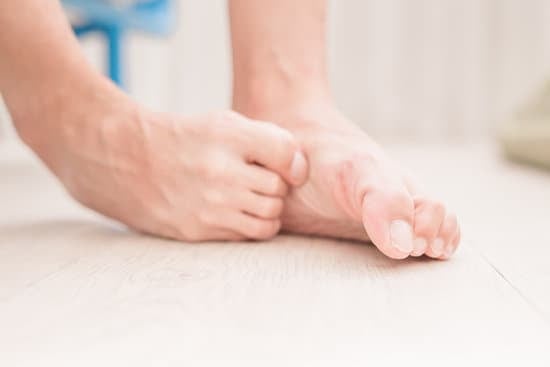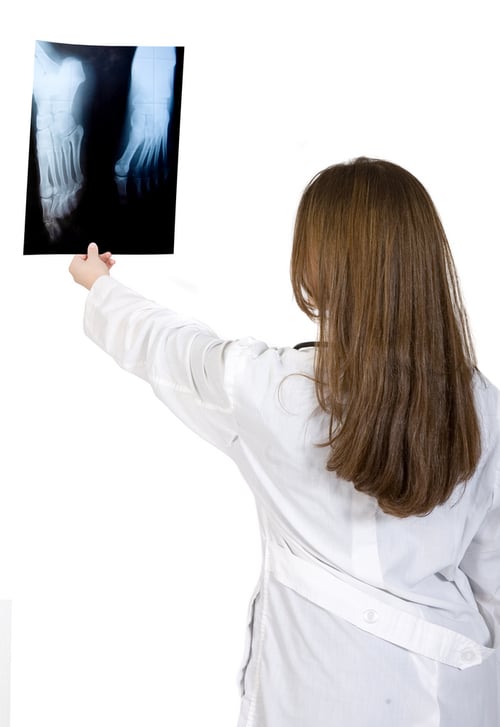Unveiling the Mystery of Hammer Toes: Causes, Symptoms, and Effective Treatments

When it comes to foot health, understanding common conditions like hammer toes is crucial. At Sweeney Foot & Ankle, our dedicated team of doctors is committed to providing comprehensive information and effective treatments to keep your feet happy and healthy.In this blog post, we'll explore the intricacies of hammer toes, shedding light on their causes, symptoms, and the best treatment options available.
What Are Hammer Toes?
Hammer toes, also known as contracted toes or mallet toes, are a common foot deformity where one or more toes bend abnormally at the middle joint, resembling a hammer or a mallet. This condition can affect any toe but most commonly occurs in the second toe.
Symptoms of Hammer Toes:
-
Toe Deformity: The most noticeable symptom is the abnormal bending of the affected toe(s). The toe may bend upward in the middle, resembling a hammer.
-
Pain or Discomfort: Hammer toes can cause pain and discomfort, especially when wearing shoes. Corns or calluses may develop at the top of the affected toe due to friction with footwear.
-
Limited Range of Motion: Over time, the affected toe may have a reduced range of motion, making it difficult to straighten.
-
Swelling and Redness: Inflammation, swelling, and redness may occur around the affected toe joint.
Causes of Hammer Toes:
-
Genetics: Some people may have a genetic predisposition to developing hammer toes.
-
Foot Structure: An imbalance in the muscles, tendons, or ligaments of the toes can contribute to the development of hammer toes.
-
Ill-Fitting Footwear: Shoes that are too tight or narrow can force the toes into an unnatural position, leading to hammer toes
.
-
Arthritis: Inflammatory joint diseases, such as arthritis, can contribute to the development of hammer toes.
Treatment Options:
-
Footwear Changes: Wearing shoes with a wider toe box and avoiding high heels can alleviate pressure on the toes.
-
Orthotic Devices: Custom orthotic inserts can help correct imbalances in foot mechanics and provide support.
-
Toe Exercises: Stretching and strengthening exercises prescribed by your podiatrist can improve toe flexibility.
- Calf stretching exercises are also helpful. Calf stretching can help to overcome part of the muscle imbalance that causes the hammertoe.
-
Padding and Strapping: Applying padding or strapping may relieve pain and prevent further deformity.
-
Surgical Intervention: In severe cases, surgical procedures may be recommended to straighten the affected toe joint.
Schedule a Consultation with Dr. Sweeney:
If you're experiencing the symptoms of hammer toes, it's essential to seek professional advice. The doctors at Sweeney Foot & Ankle specialize in diagnosing and treating various foot conditions, including hammer toes.
Contact Sweeney Foot & Ankle today to schedule a consultation to address your concerns.
Trust our expertise to provide personalized and effective solutions for your foot health. Let's take the first step towards happier, healthier feet together!






